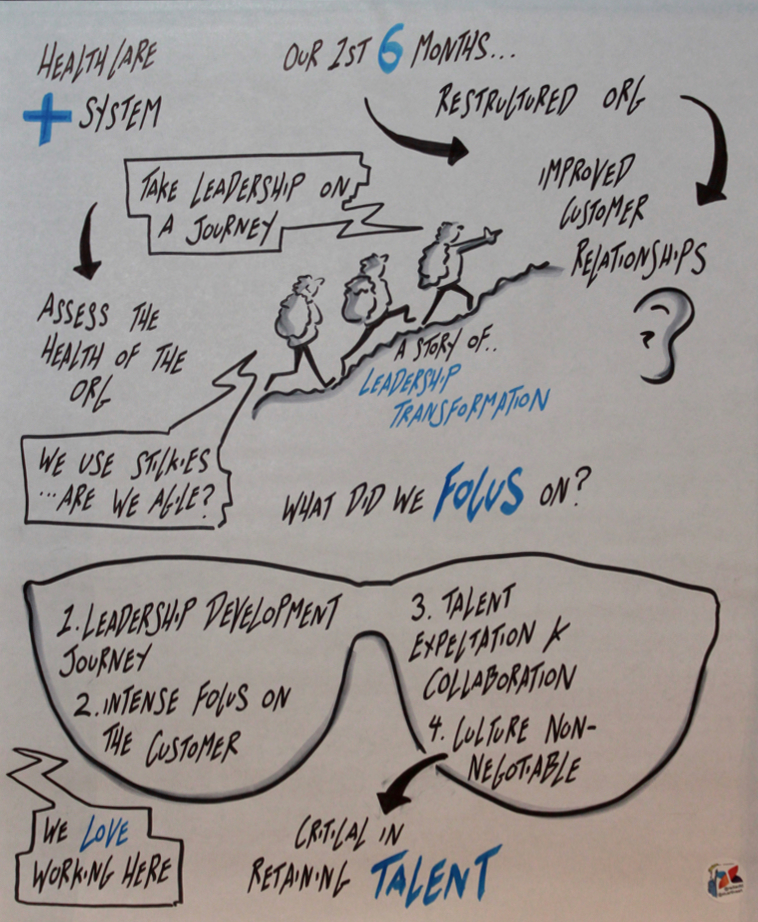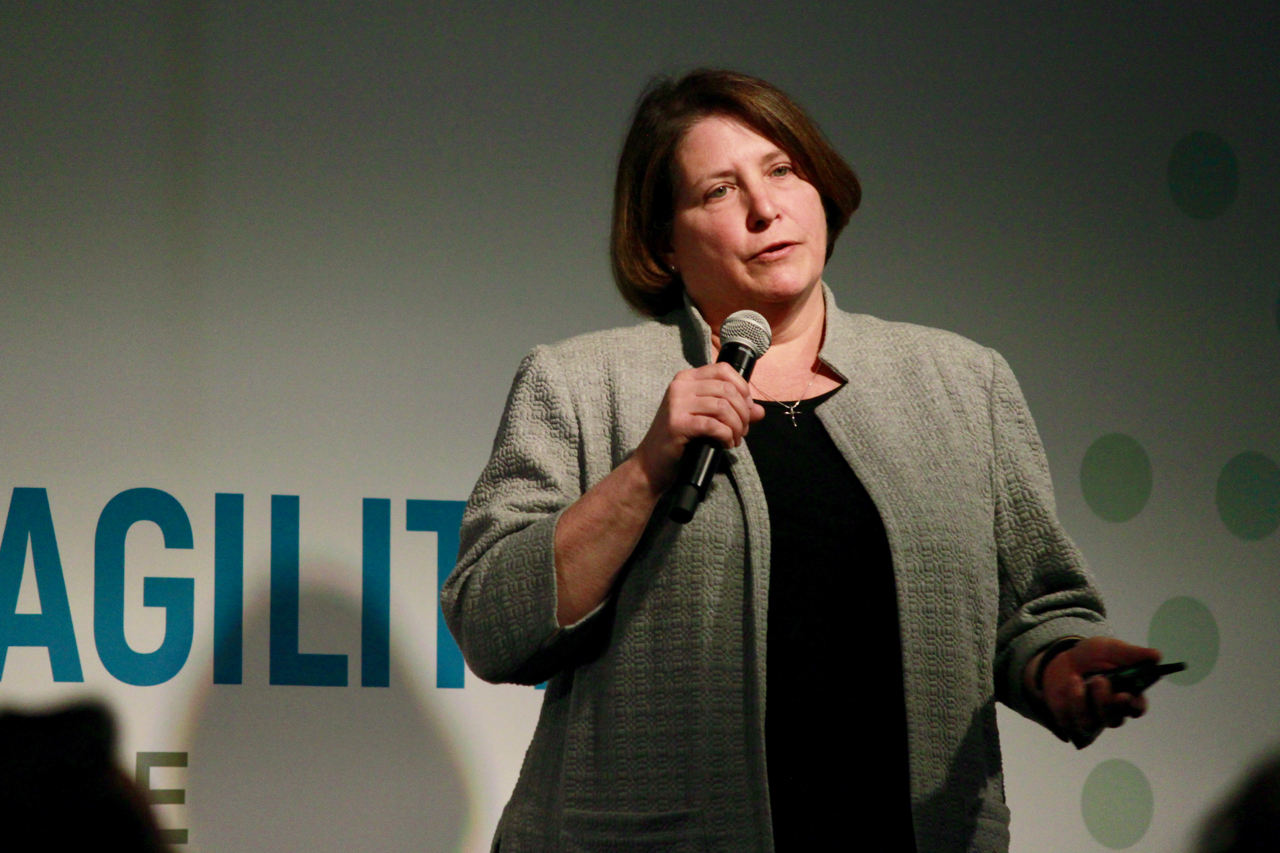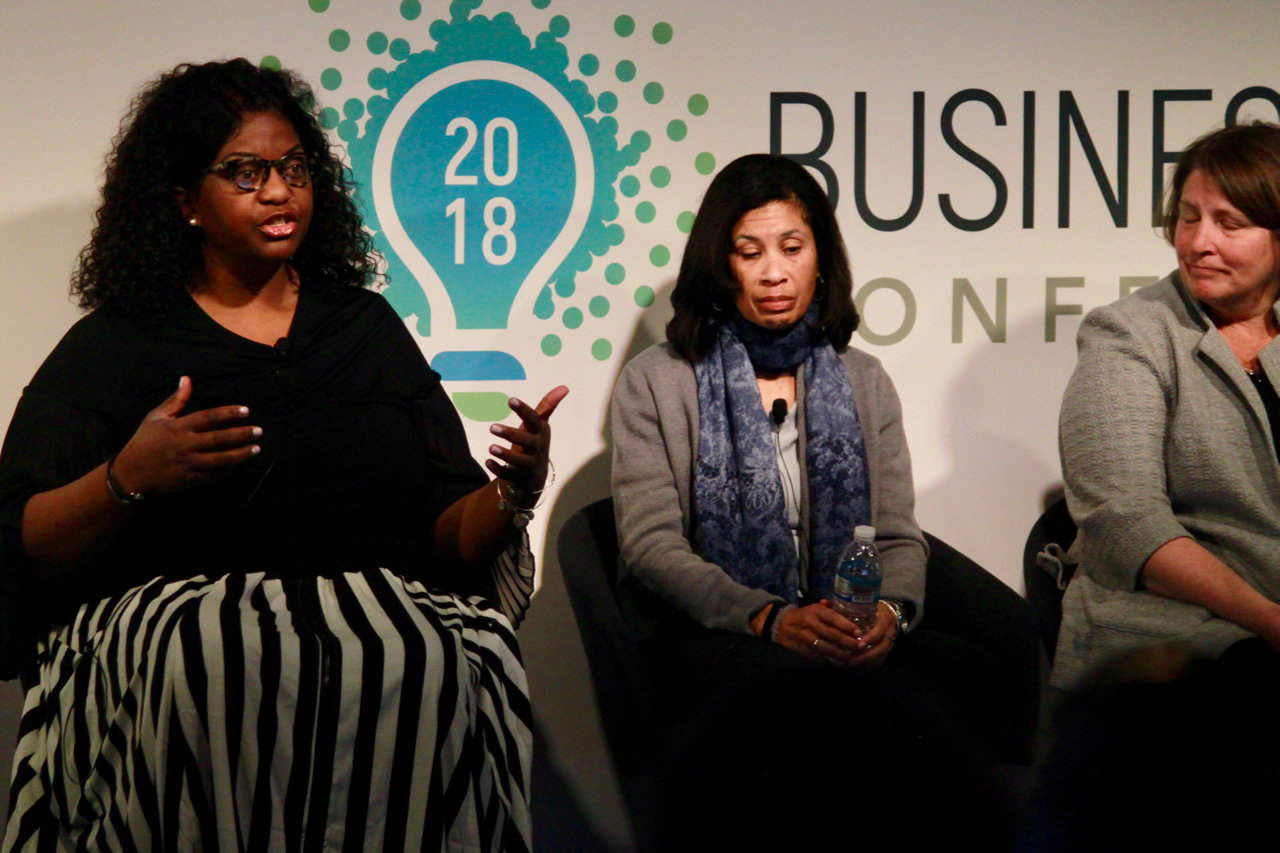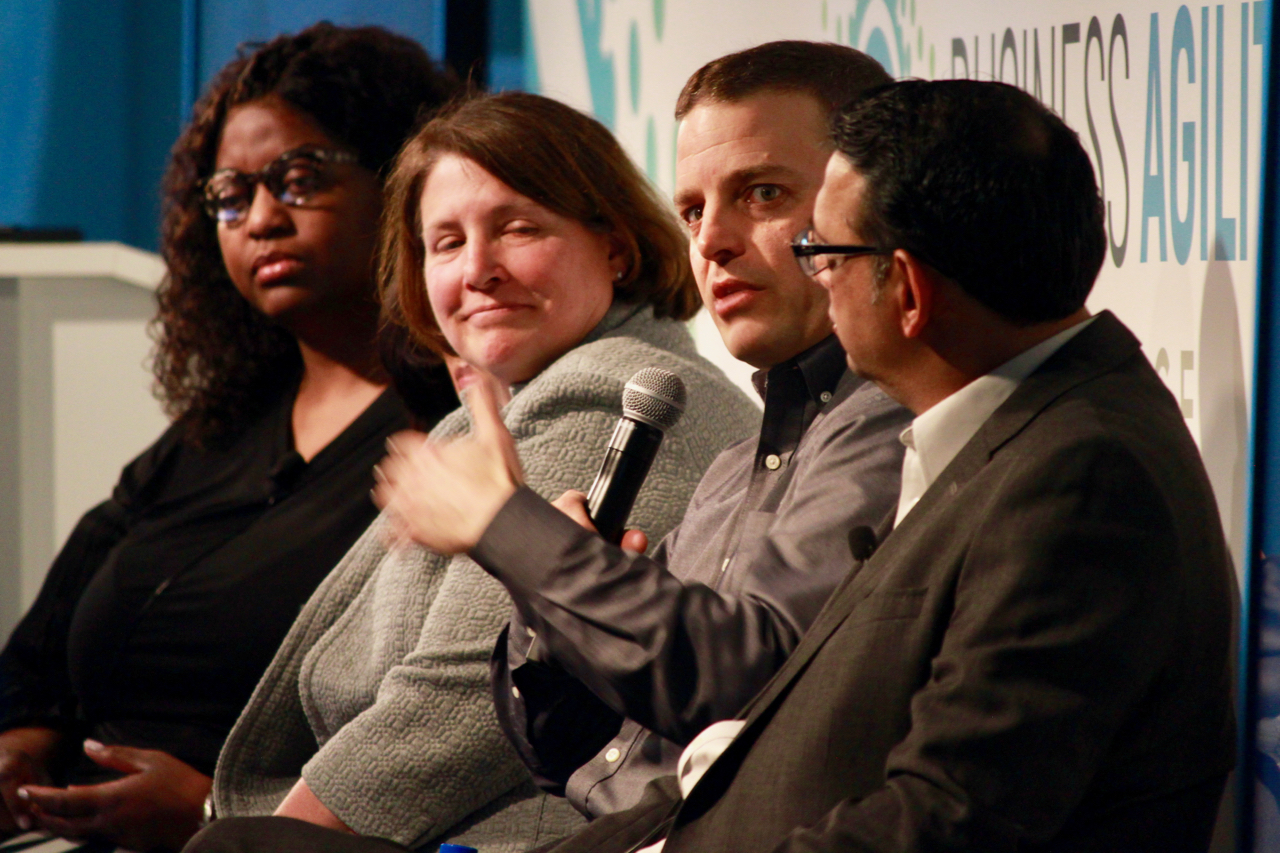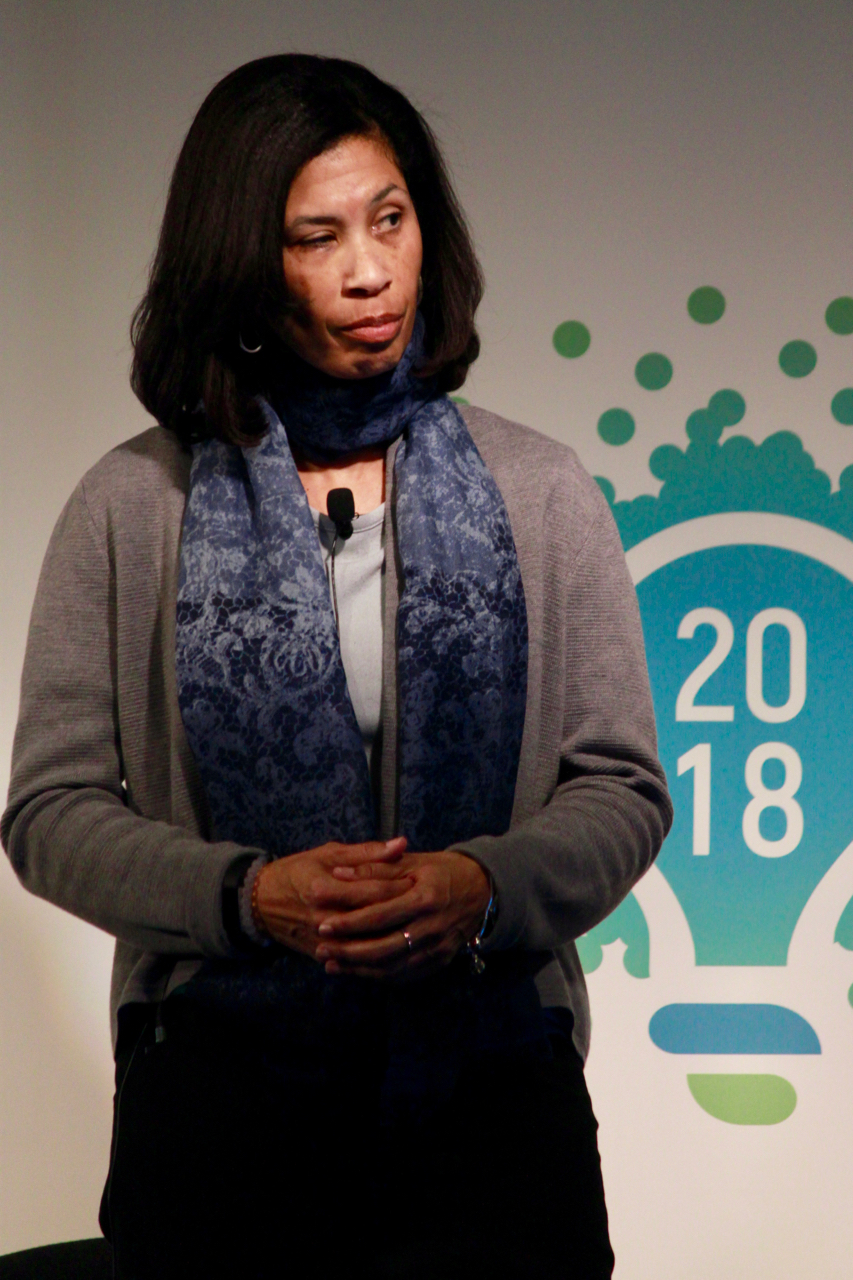[Music] We’re going to tell you a story. I actually work at Blue Cross Blue Shield of Nebraska, as does Joanie, but we’re going to tell you a story about a company called Core Link Administrative Services. Core Link was a joint venture founded in 2009 between Blue Cross Blue Shield of Nebraska and Blue Cross Blue Shield of North Dakota.
The way it came to be was that North Dakota had technology for their core systems—paying claims, enrolling customers, servicing providers, and other back-office functions for a health insurer. They had relatively new technology, and Nebraska needed a new claims system. The CEOs from both companies got together and thought it would be a good idea to create a company that could potentially serve other Blue Plans besides just Nebraska and North Dakota. So, we carved out the technology and the people from North Dakota, placed them in the new company Core Link, and Nebraska contributed capital to form the company.
There were some rocky waters in the middle of the journey. The CEO at North Dakota, one of the original visionaries behind the idea, left. Over time, the company lost continuity, and a new CEO was brought in who was not a fan of the original concept. From 2012 to 2015, Core Link started to decline, and the board noticed that something wasn’t right—the company wasn’t being run well. So, they decided to change the management team.
I was asked if I would be willing to lead the company. I was very excited about the opportunity, but I had two conditions: I wasn’t moving to Fargo, and I was bringing two key people with me—Joanie Wheeler and another individual to lead technology. It was probably the best decision I ever made because that was not a job I could have done alone.
Entering the Company After Leadership Decline
Today, I’m back as the EVP of Operations at Nebraska, and Joanie is the CEO of Core Link, continuing to lead the company. When Lisa shared the story about her elephant trying to get up, I thought of Joanie—she’s getting a new Great Dane puppy, and it totally reminded me of him trying to get up!
We’re going to talk about what it was like when we walked in the doors at Core Link, what we did, and where we are now.
The First Six Months: Assessing and Listening
The first six months were all about assessing and listening. We had to evaluate the leadership team, and it was in bad shape. There were a couple of very toxic leaders who were causing major issues—they were divisive, pitting people against each other, stirring the pot, and constantly creating drama. These individuals were easy to identify, and we removed them quickly. It was amazing to see the difference it made.
We also talked to our customers through forums to understand our brand and service quality. Initially, our team at Core Link believed that customers loved us. When I asked how they knew that, they replied, “Well, we know their business better than they do, so what’s not to love?”
Adorable, right? But when we actually spoke to the customers, the feedback was very different. They said:
- “You take a really long time to deliver.”
- “We typically don’t get what we ask for.”
- “We never hear a word after we submit a request—until something just shows up.”
- “There’s no collaboration or partnership.”
- “When we call, nobody answers the phone.”
We took that feedback back to the team, and it was eye-opening for them. To make it engaging, we hosted a workshop where we gave everyone fun sunglasses—big ones with mustaches and fake noses—to encourage them to "look through the lens of a customer." We walked them through a journey map of taking their kids to McDonald’s, exploring what makes customers come back and what makes them leave. Then, we had them reflect on what our customers experience when interacting with us. The aha moments were incredible, and they got to keep the sunglasses as a reminder.
Understanding the Culture
We also needed to understand the team’s climate, so we conducted one-on-ones with all 35 leaders and held over 40 roundtable discussions with employees. The feedback was staggering. The biggest themes centered around leadership:
- Leaders didn’t act like they liked each other.
- They certainly didn’t act like they liked the teams.
- They weren’t engaged at all.
- They sat in a room at the end of the building, and no one knew what they did.
- They dictated the tools and processes without explaining why, and sometimes, those tools didn’t even work for everyone.
When we shared this feedback with leadership, one of their responses was, “Well, they just have a bad attitude. They’re not trying hard enough to make it work.” That was a big red flag. Some of those leaders are now working somewhere else—and they’re probably happy, just not at Core Link!
The Transformation: Leadership, Culture, and Agility
Leadership development became a top priority. We brought in Sally Lotz’s company from Nebraska to help us measure business agility. Core Link believed they were agile, but they weren’t even close—though they did have occasional stand-ups and sticky notes everywhere!
We also engaged a leadership development coach from Mindsets, a company based in Omaha, to help instill strong leadership principles. Simultaneously, we focused on keeping our intensity on customer experience. We introduced monthly "State of the Union" meetings to share portfolio health transparently. We engaged in ongoing collaboration with customers to understand their biggest challenges and how we could partner with them.
At the same time, we worked on talent expectations and calibration. Many leaders had been promoted based on subject matter expertise rather than leadership ability. They had never been coached on evaluating or rewarding talent. We introduced a quarterly talent assessment using a nine-box grid. Initially, everyone miraculously landed in the "top talent" category. But as we started having more candid discussions, reality set in. Though painful at first, these discussions became incredibly valuable, and today, they are much healthier and more productive.
Non-Negotiable Culture
Culture was non-negotiable for us. From day one, we made it clear that treating people with dignity, respect, and collaboration was the foundation of our company. If employees wanted to be part of that culture, we wanted them on the journey. If they didn’t, we helped them find another journey—without being mean, but with full transparency.
Some people assumed, “This too shall pass,” but when they realized we meant what we said, momentum built. Today, employees fiercely protect the culture we’ve built.
Key Lessons from Our Journey
- Build critical mass around people who believe in agility and non-negotiable culture.
- Identify and remove toxic people quickly—especially if they are leaders.
- Value culture fit as much as functional skills. Technical expertise matters, but collaboration and interpersonal skills are just as important.
- Work with HR if they align with agility, but if not, move forward anyway.
- Put the right people in the right roles—everyone is happier and more effective when they fit their role well.
- Clarify and co-create roadmaps to ensure buy-in and the best solutions.
- Culture, culture, culture—if you say it, you have to mean it.
Our mission is simple: “We are one team with a single mission to make a difference every day in the lives of our customers and one another. Each one, every one.”
Despite the company being on a shutdown path, employees are choosing to stay, even turning down higher salaries and more stable jobs elsewhere. That speaks volumes about the culture we’ve built.
That’s our story. Thank you. [Music]




